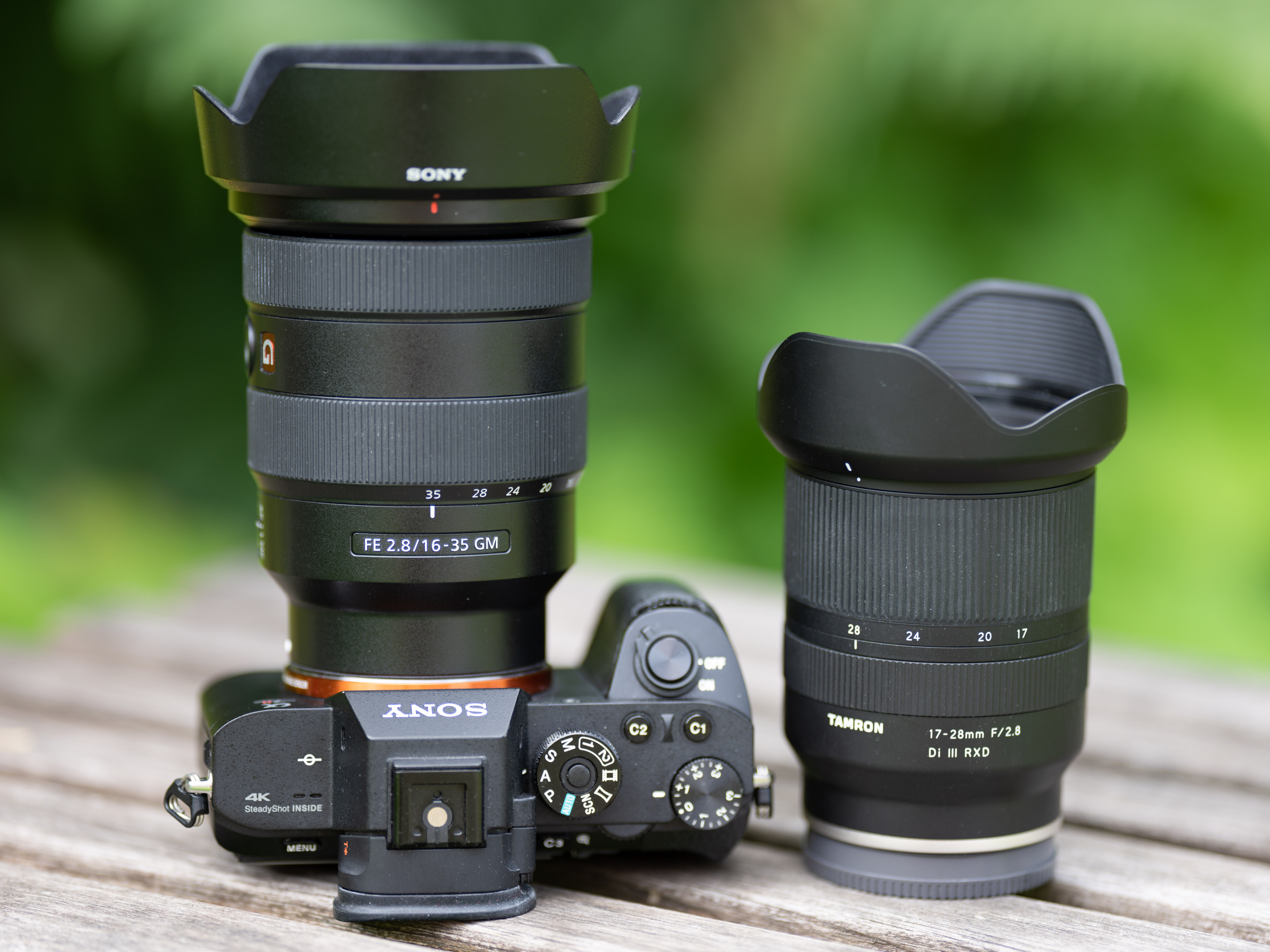

That statement doesn't claim that f/4 and f/8 are the same thing, any more than it claims that 9mm and 18mm are the same thing. But it does not fully behave like an 18-36mm F4.0-5.6, because it's not an 18-36mm lens. If you want to compare it to a lens on another format, as you chose to do here, it makes sense to compare it in its entirety.Ī 9-18mm lens on a Four Thirds sized sensor behaves like an 18-36mm zoom does on full-frame. Where has it been claimed that f/8 and f/4 are 'the same thing?' A 9-18mm f/4.0-5.6 lens is exactly that. Sounds like Micro Four Thirds is perfect for you! In some ways micro-four-thirds can be a better choice for shooting video - you get greater depth of field which can be handy when trying to keep moving subjects in focus, and the gear itself is considerably lighter and usually less expensive.Ĭlearly you like all the DOF, to go with your not-so-wide zoom range. > Of course it is, video can be shot on a wide range of sensor sizes, FF is not required. > The variable f stop only affects things if you are shooting wide open - if you start at f5.6, then the exposure will not change as you zoom. But if more is better, the Sony 28-135 wins. If your criteria was just a minimum 3:1 zoom ratio, then, sure. > You clearly don't understand the criteria. > by your stated criteria you'd never buy the panasonic lens, Not irrelevant, just inconvenient data that you'd rather overlook. Irrelevant to this discussion, we are talking about zoom reach (ratio between wide and telephoto settings).


 0 kommentar(er)
0 kommentar(er)
